US 2nd Fleet in Northern Fury
10 May, 2018 | General News
With the recent announcement that the United States will re-establish the US Navy’s (USN) 2nd Fleet, it is probably worth noting what its role is in Northern Fury. The 2nd Fleet is one of the USNs ‘numbered’ Fleets. This was a system established in March of 1943, where odd numbered fleets operated in the Pacific and/or from the west coast, and even numbered fleets in the Atlantic or from the east coast. The system was dissolved in 1946, but 2nd Fleet was re-established in Norfolk Virginia in 1950 to support NATO and deal with the Soviet threat. The other Fleets have come back on-line over time with 5th Fleet establishing in 1993 in Northern Fury (Historically 5th Fleet re-activated in 1995).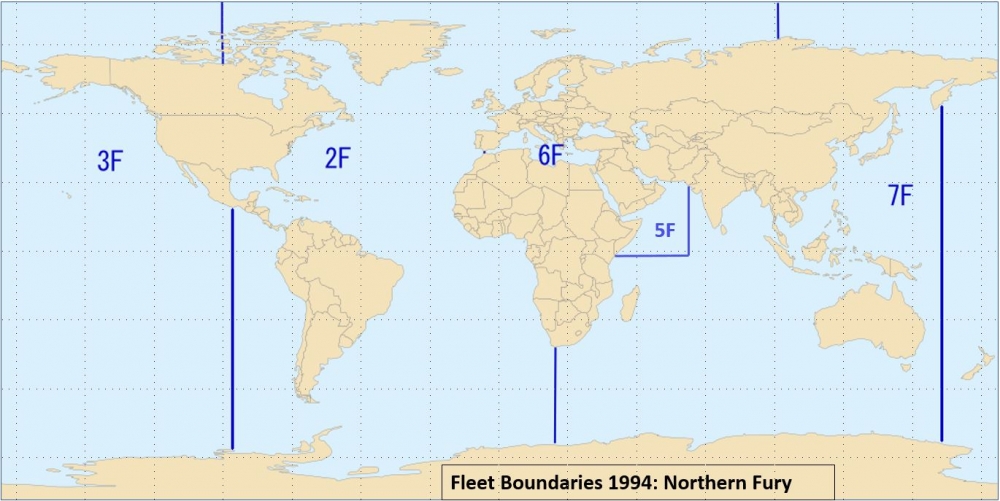
Understanding the USN and NATO’s command structure is somewhat daunting, but this simplified walk through may help the reader appreciate the context in which some major characters in our story live and work. The Commander 2nd Fleet (a three star Vice Admiral) reported directly to Commander-in-Chief, U.S. Atlantic Fleet (CINCLANTFLT), who is the “Force Provider,” for the East Coast. What this means is that CINCLANTFLT equips, crews and provisions the ships, aircraft and units – then provides the ready forces to 2nd Fleet to use: Force Provider to Force Employer. Historically, before 1985 these two commanders were the same person, and then the two commands merged again in 2011; the recent announcement will separate them once again at the end of July of 2018.
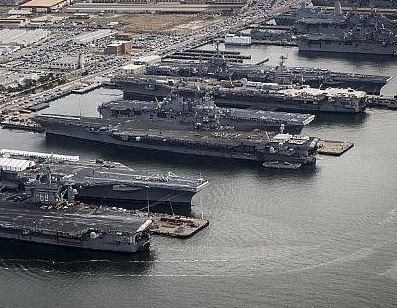
All of this does not affect Northern Fury however. What is important to note is that CINCLANTFLT, a four star Admiral, is ‘double hatted’ as NATO's Supreme Allied Commander Atlantic (SACLANT) – so he had two jobs and two bosses, one American and one NATO. Double hatting, of senior commanders where one individual fills both a national position and a similar NATO position is quite common, and for a more thorough understanding of the NATO command structure you can study this paper. Reality is a bit more complex but for the purpose of our summary, some of the major subordinate formations of CINCLANTFLT/SACLANT are:
CINCLANTFLT (National):
- 2nd Fleet - Double Hat
- Military Sealift Command (MSC)
- Submarine Force, Atlantic - Double Hat
- Naval Air Force, Atlantic
- Naval Surface Force, Atlantic
SACLANT (NATO)
- Strike Fleet Atlantic (STRIKFLTLANT) - Double Hat
- Eastern Atlantic Area (EASTLANT)
- Submarines Allied Command Atlantic (SUBACLANT) - Double Hat
- Western Atlantic Area (WESTLANT)
- Iberian Atlantic Area (IBERLANT)
- Standing Naval Force Atlantic (STANAVFORLANT)
Commander 2nd Fleet, who was double hatted as Commander of NATO's Strike Fleet Atlantic (STRIKFLTLANT) was one of the two primary force employers in the US Atlantic Fleet, the other being Military Sealift Command. Submarine Force Atlantic had a dual role of Force Provider in his American role and Force Employer in his NATO role as SUBACLANT, but he also provided submarines to STRIKFLTLANT.
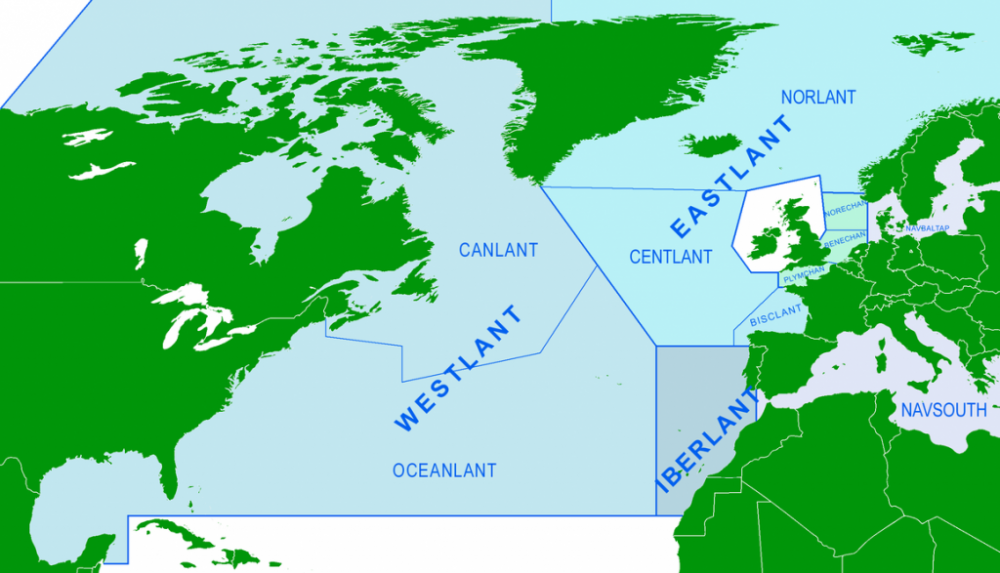
Since the US provides the preponderance of naval power to the NATO alliance, particularly in the Atlantic, it follows that an American admiral should command that force. Therefore the primary role of 2nd Fleet was to support NATO and counter the Soviet threat in the Atlantic by forming STRIKFLTLANT. “Its role in time of war would be to undertake offensive and support operations, rather than the direct defence of the Atlantic trade routes.” The Strike Fleet was an Operational level organization as opposed to the three geographical commands who would undertake the detailed defense of the Sea Lines of Communications (SLOC) between North America and Europe.
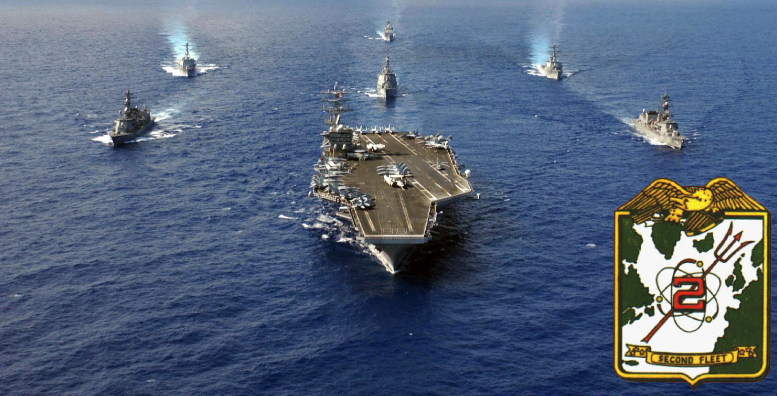
So, this is the way it would work. Upon the outbreak of war with the Soviet Union, Commander 2nd Fleet would receive forces from the other commands in the US Atlantic Fleet; join them with those forces he was already controlling, and form the ‘Battle Force’. In effect numerous Task Forces (TF) are formed based on the situation at hand. There are no fixed organizational structures but the TFs are numbered as follows:
- Task Force 20 -Battle Force
- Task Force 21 -Patrol Reconnaissance Force
- Task Force 22 -Amphibious Force
- Task Force 23 -Logistics
- Task Force 24 -ASW Force
- Task Force 25 -Mine Warfare
- Task Force 26 -Expeditionary
- Task Force 27 -Surface Warfare
- Task Force 28 -Commander Strike Force Training Atlantic
- CTF-29 -Land
This TF numbering system is a US (not NATO) construct but is extremely flexible. If, for instance, the Battle Force from 2nd Fleet consisted of three Aircraft Carrier Battle Groups (CVBG) and one Battleship TG (BBTG) they would be numbered TF20.1 to 20.4 sequentially (The first number changes with the numbered fleet of origin). If a couple ships from the third TF were detached on an independent mission, those ships would be a Task Group (TG); TG 20.3.1. Further a single ship broken off from that TG would be a Task Unit (TU); TU 20.3.1.1.
Note: In the scenarios this TF numbering system is not used; instead, the lead ship of the TF/TG or TU is used as an identifier. This is an effort to simplify the command structure for the player, and it just sounds better.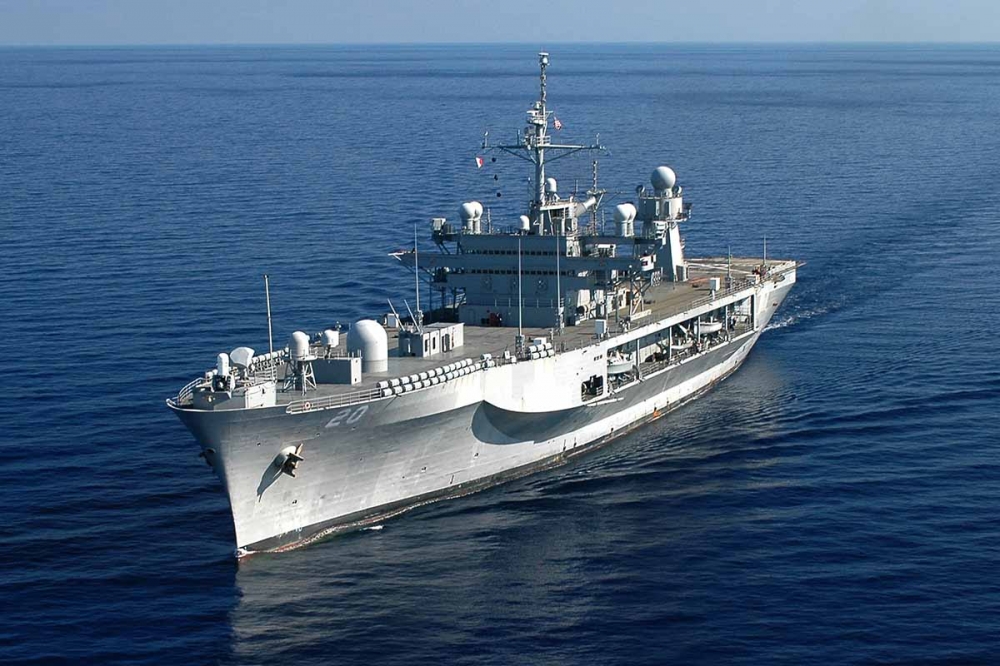
Now that Commander 2nd Fleet has assembled and organized his US assets, including surface ships, air squadrons and wings, submarines and support forces; he puts to sea in his command ship – the USS Mount Whitney (LCC-20), with a multinational staff of about 250 representing most NATO countries. The Commander and his staff will remain “afloat” to enable better communications with the Fleet, allow occasional face-to-face meetings with key individuals, and provide a redundant command structure should the conflict go nuclear. In 1994, after her mid-life refit, the Mount Whitney was probably the most capable Command, Control, Communication, Computer and Information (C4I) ship on the planet. A key requirement to permit an agile, adaptive command structure in an intensely contested battlespace.
But the US will not fight the war in the Atlantic alone. Seven other NATO nation have standing commitments to provide forces to STRIKFLTLANT: Belgium, Canada, Denmark, Germany, the Netherlands, Norway, and the UK. France would also likely commit forces in times of war. Although Spain and Portugal are largely committed to IBERLANT and Italy will initially be fully engaged in the Mediterranean, those countries are also likely to contribute forces to the Strike Fleet. Staff and Liaison Officers on board the Mount Whitney would maintain the status of each nation’s commitment and organize the force into robust TFs to accomplish the tasks allotted by the Commander.
One of the first elements that would routinely be CHOP’d (_CH_ange of _OP_erational control) to STRIKFLTLANT would be the Standing Naval Force Atlantic (STANAVFORLANT). Although its tasks may be many and varied, its location (EASTLANT) and high state of readiness means it will likely be the first formed NATO force to encounter the Soviets in the Atlantic. So gathering information will be a key role. Also, the composition of this TF implies that one of the likely tasks will be Anti-Submarine Warfare (ASW), although it will need rugged air defense and anti-surface capability to simply survive. Once the main elements of the Battle Force arrive in the forward area STANAVFORLANT will likely be absorbed into other TFs.
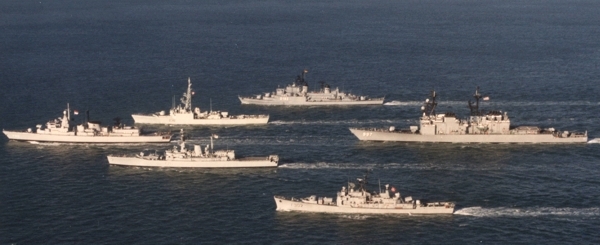
The Strike Fleet is not a fixed organization in any way, but based on exercises from the 1960’s through to the late 1980’s it is possible to imagine how it would be deployed:
An ASW force, designed to eliminate Soviet submarine threats to the remainder of the force. This element would consist of submarines in a loose screen well ahead of the main force, with Maritime Patrol Aircraft flying from Scotland, Norway and Iceland, and light surface forces including STANAVFORLANT. A major vulnerability for these elements however, are Soviet air forces projecting air superiority fighters and anti-surface Warfare (ASuW) forces into the Norwegian Sea. Because the ASW force will probably be several hundred miles ahead of the carrier force, they need to rely heavily on land based air power for protection.
The Carrier Force consisting of two carrier groups.
- Carrier Group 1, based on US aircraft carriers (CV) or nuclear powered carriers (CVN) forming the main striking force or Battle Groups (BG). This force should consist of two, probably three and ideally four CVBGs. Each CVBG is an extremely powerful entity, with the carrier itself, the air group with approximately 72 aircraft, air defense cruisers (CG/CGN), multi-role destroyers (DD/DDG), and ASW frigates (FFG), likely with a replenishment ship(s).
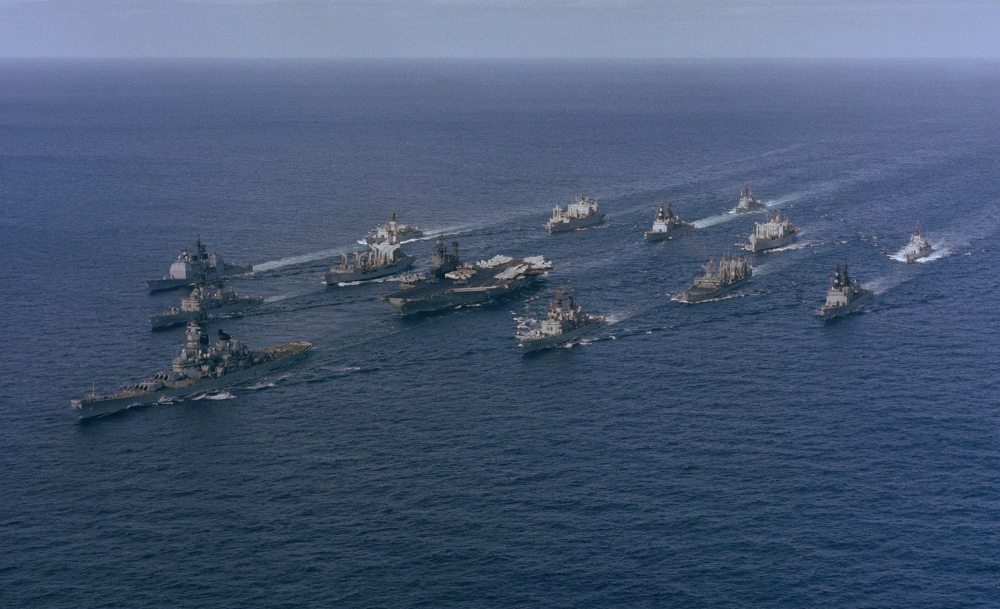
- Carrier Group 2, consisting of one or two British and possibly a French light carrier(CVL). Although these carriers and their escort groups are much smaller and less capable than their American counterparts, their principle advantage is proximity. Since they will be the first heavy elements to engage the Soviets, theirs will be a spoiling role aimed to disrupt and attrite any major enemy maneuver, while offering what protection they can to the ASW Force.
- Carrier Group 1, based on US aircraft carriers (CV) or nuclear powered carriers (CVN) forming the main striking force or Battle Groups (BG). This force should consist of two, probably three and ideally four CVBGs. Each CVBG is an extremely powerful entity, with the carrier itself, the air group with approximately 72 aircraft, air defense cruisers (CG/CGN), multi-role destroyers (DD/DDG), and ASW frigates (FFG), likely with a replenishment ship(s).
The Amphibious Force will comprise at least one American and one British/Dutch amphibious TF, each able to insert a brigade-sized element either behind the enemy’s forward elements or in front of them to support other ground troops. Sub-elements to this force are the mine-countermeasures force, the naval support force (which could contain American battleships) and the follow-up amphibious logistics force.
A command element, centered on the USS Mount Whitney but including communications, electronic warfare, and liaison elements throughout the theater.
The Logistics Force, in addition to detaching replenishment ships to support all of the groups above, this force will rapidly create bases of operation both in established NATO ports and also in forward areas as the situation permits.
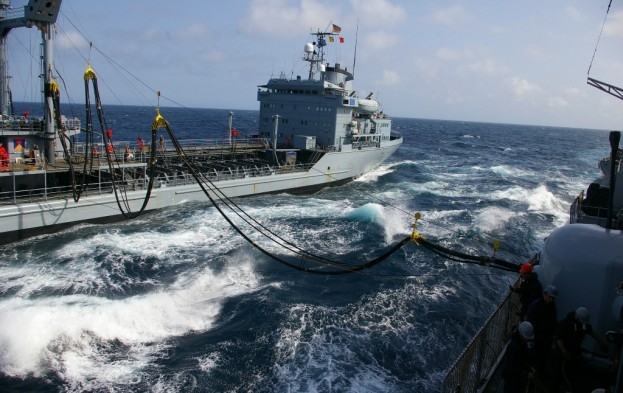
All totaled, this armada will consist of over 250 combat ships and at least 60 support ships, approaching 800 aircraft, and about 90 submarines, representing over 250,000 sailors, airmen and Marines: 75% of which will come from 2nd Fleet.